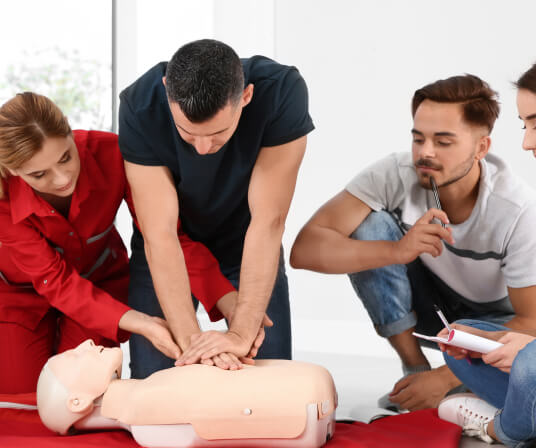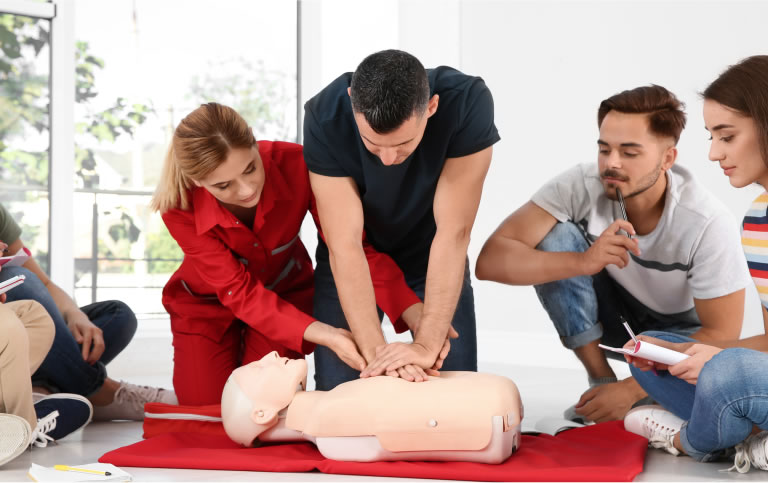CPR, First Aid, BLS, ACLS, PALS certifications.


$49.95 $59.85
| Chapters | CE Credits | Validity | Cost | Duration | ECC | Exam Attempts | Wallet Card |
|---|---|---|---|---|---|---|---|
| 31 | — | 2 Years | $49.95 | 2 Hrs | Compliant | Unlimited | Download/Print/Mail |
Even after you take the recommended precautionary measures, you may be exposed to blood or blood-containing materials. Reporting exposure incidents to your employer will help you get the treatment you need, and help your employer identify and reduce causes of exposure.
An employer’s exposure control plan will inform you who you need to report to. The employer will then need to follow OSHA standards and document the exposure incident / sharps injuries (OSHA 300 Log). The employer must keep these reports confidential.
Remember, even if you think you have been exposed, report to a supervisor and seek treatment from a healthcare professional. Required OSHA forms should not delay any medical attention or counseling (as required by OSHA standard) that you may need. The employer will continue with forms according to their policies.
